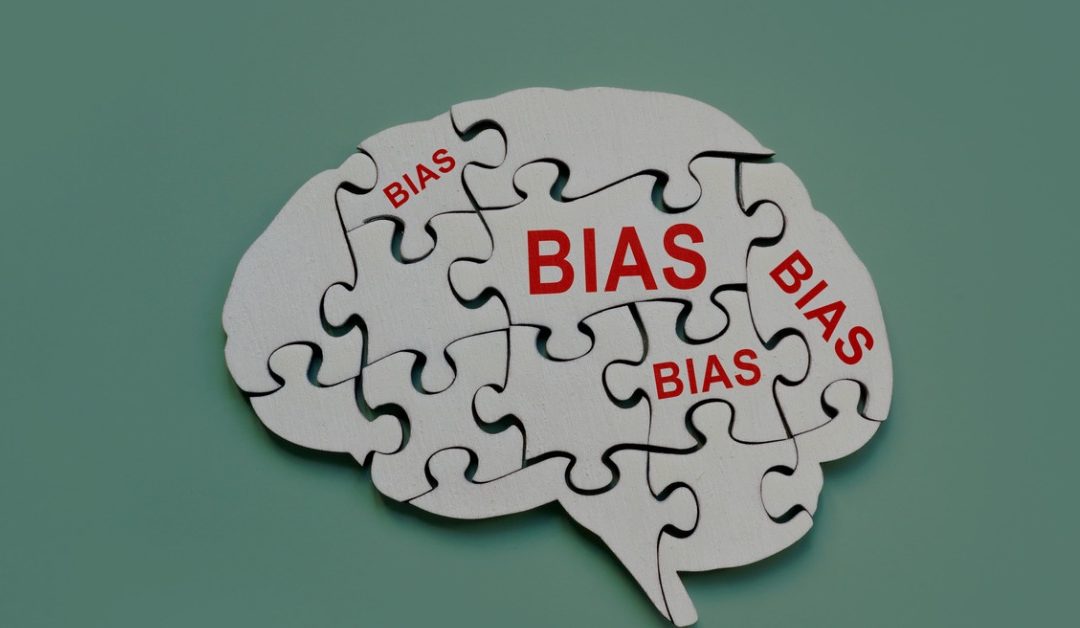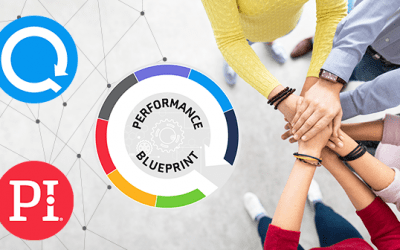The science is clear – we all have biases in some form or another. It’s just how humans are wired. We’ve evolved to see patterns, make generalizations, and jump to conclusions based on past experiences and associations. It’s just part of human nature.
The problem is, we often act on these biases unconsciously, making poor hiring decisions and getting in the way of diversity at our organization. As recruiters, leaders, and HR professionals, it’s our responsibility to try to be aware of our own biases and reduce unfair bias in decision-making.
To make better people decisions, select the right candidates, and improve diversity, consider the following proven methods for reducing bias:
1) Set Objective Standards
It’s easy to let bias sneak into hiring or leadership decisions when we don’t have objective criteria.
Objective standards give us a yardstick with which to evaluate candidates and team members. In hiring decisions, you should set clear, objective qualifications. When leading team members, establish KPIs and clear guidelines for which behavior is or is not acceptable.
It’s harder to be objective when it comes to soft skills. But the more we can provide concrete details around what we want from our people and new hires, the less bias will influence decisions.
2) Perform Structured Interviews
Unstructured interviews may feel more “natural,” but the reality is they leave the door open for greater bias in interviews. Since candidates will be given different prompts and questions, it’s an unfair way to evaluate your candidate pool.
Furthermore, studies have shown that these interviews lead to managers picking hires based on how much they personally like the individual rather than picking the best person for the job or team. While it’s all well and good to be friends with coworkers, at the end of the day the focus should be on building a high-performing team.
Structured interviews create a fair, repeatable process that allows us to judge candidates from different career paths and backgrounds equally.
3) Get Input from People from Different Backgrounds
By having open conversations with people from different backgrounds, we have an opportunity to recognize and counteract our own biases. An honest conversation with a trusted confidant can help us challenge our beliefs or assumptions and get a fresh perspective.
In a hiring situation, this individual could interview candidates as well, or you can discuss concerns and preferences for candidates with them privately. The key is to find someone who isn’t afraid to challenge your line of thought and bring a new perspective to the table.
4) Write Down Factors Influencing Your Decision
Writing down your thoughts can be very helpful in decision-making and reflection. By writing down the factors weighing on our mind, we get an opportunity to pause and ask ourselves which factors truly matter and which may be sprouting from unconscious bias.
If factors for one candidate don’t seem relevant to another, ask yourself why there’s a discrepancy. Slowing down and putting our thoughts into words can go a long way towards clarifying why we prefer one candidate or want to make a certain decision.
5) Use Validated People Analytics
Remember how we said it’s hard to have objectivity around soft skills? People analytics are incredibly useful for objectifying these aspects of hiring and people decisions. We use a validated platform from the Predictive Index to understand what drives each of our team members and candidates.
It gives deep insights into whether someone is more introverted or extroverted, whether they prefer to chart their own course or be given clear direction from others, and so forth. Overall, it adds a crucial objective reference point for making key people decisions – which is why we now offer this platform to our clients as well.
Success Starts With Better People Decisions
95% of your success starts with recruiting the right people and putting together the right teams. For too long businesses have relied on gut feel to make these decisions…it’s no wonder that so many organizations struggle with issues like turnover, low engagement, low morale, and poor performance.
If you’re interested in reducing bias in your people decisions and using proven methods to build stronger teams, schedule a consultation with our team today. We will ask you some questions about your current situation and give you some actionable advice for you to use today to make better people decisions!




